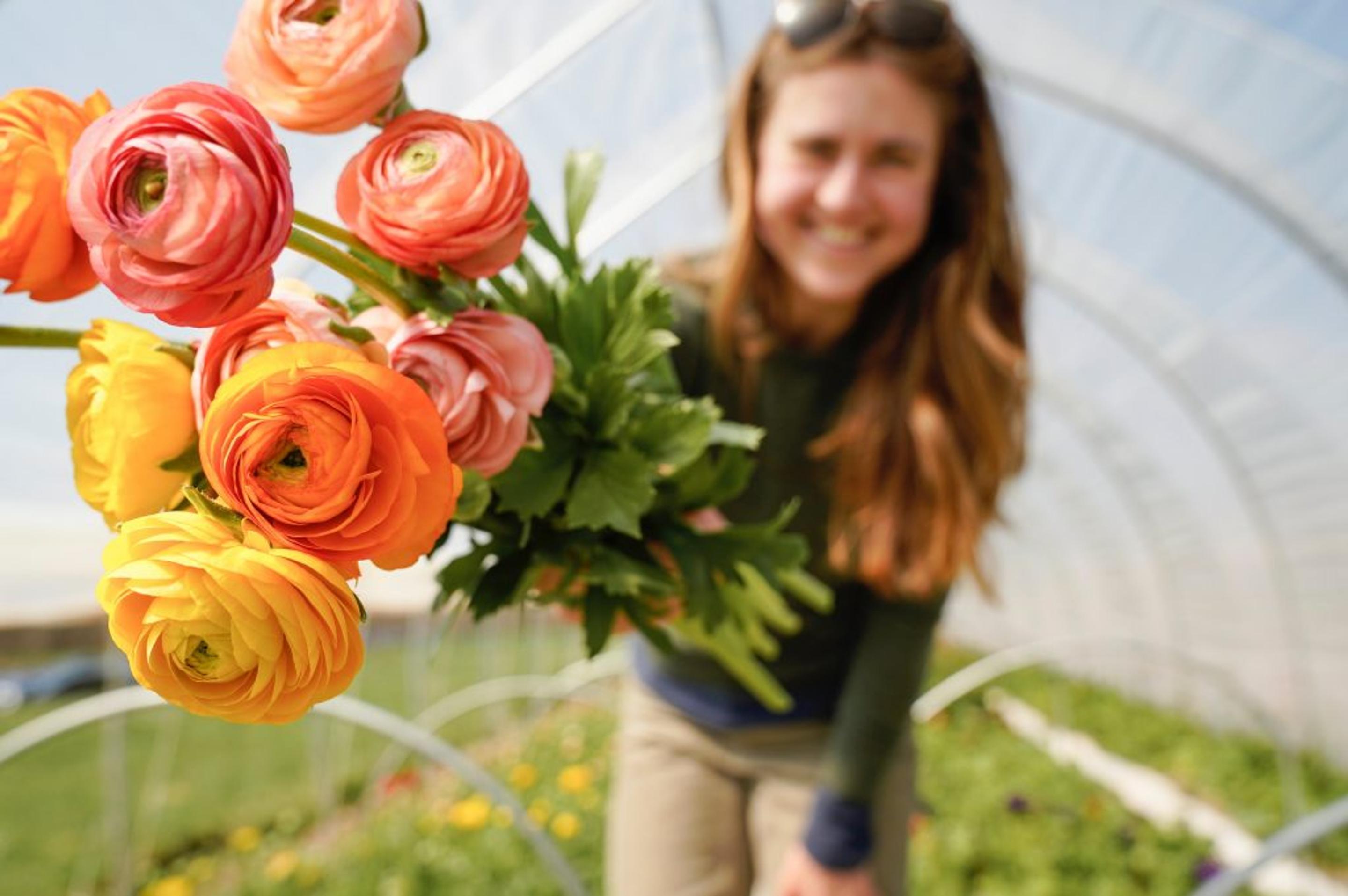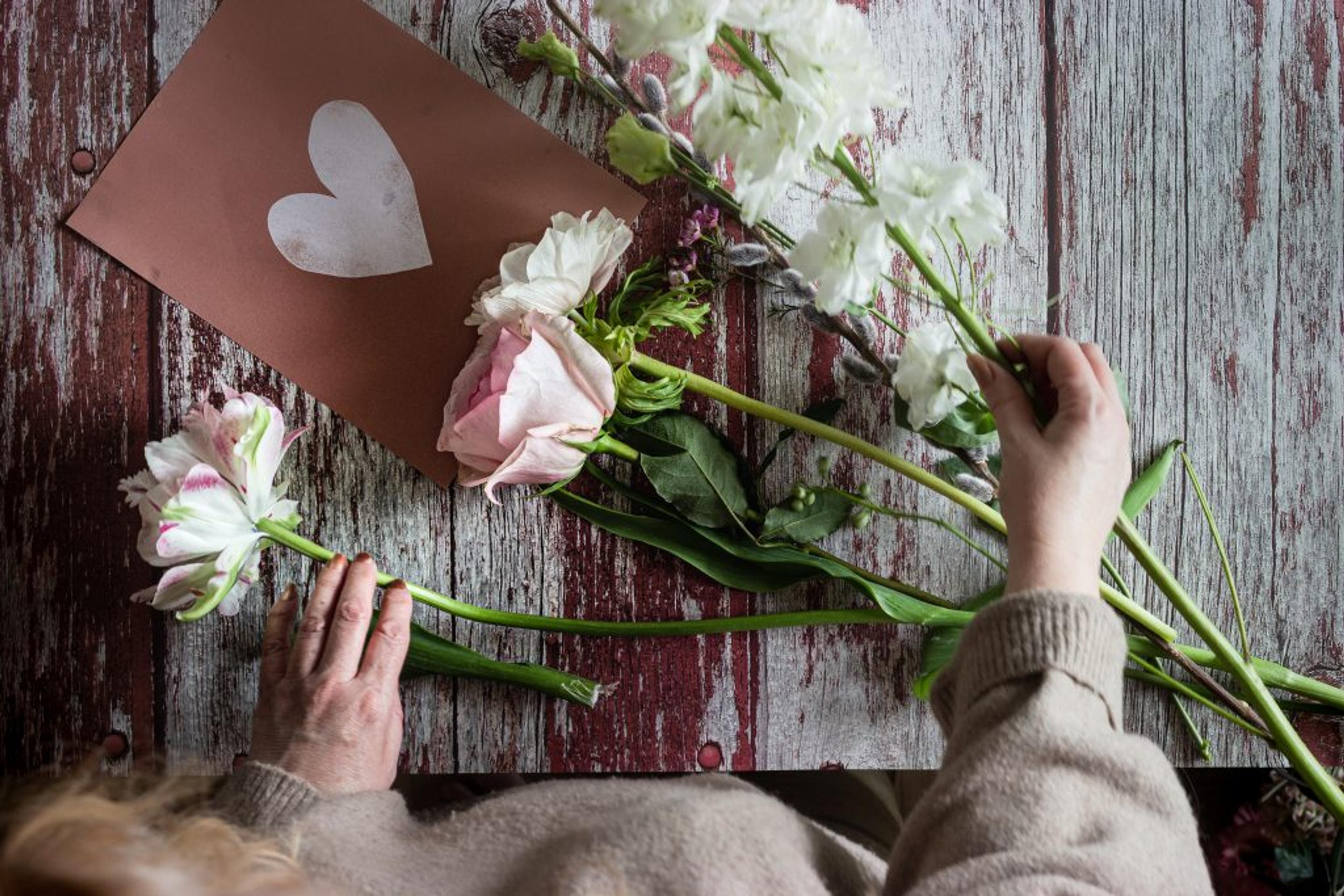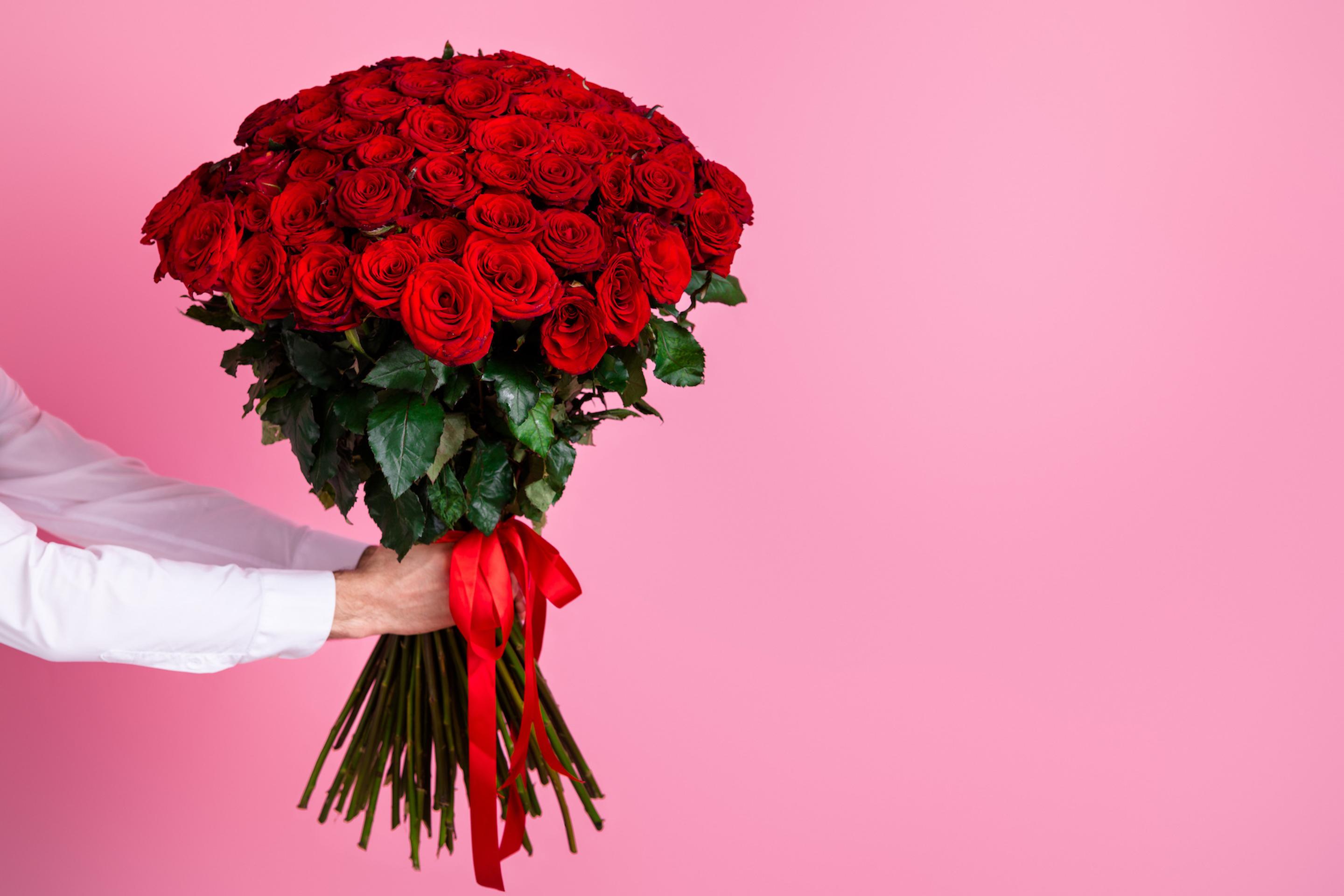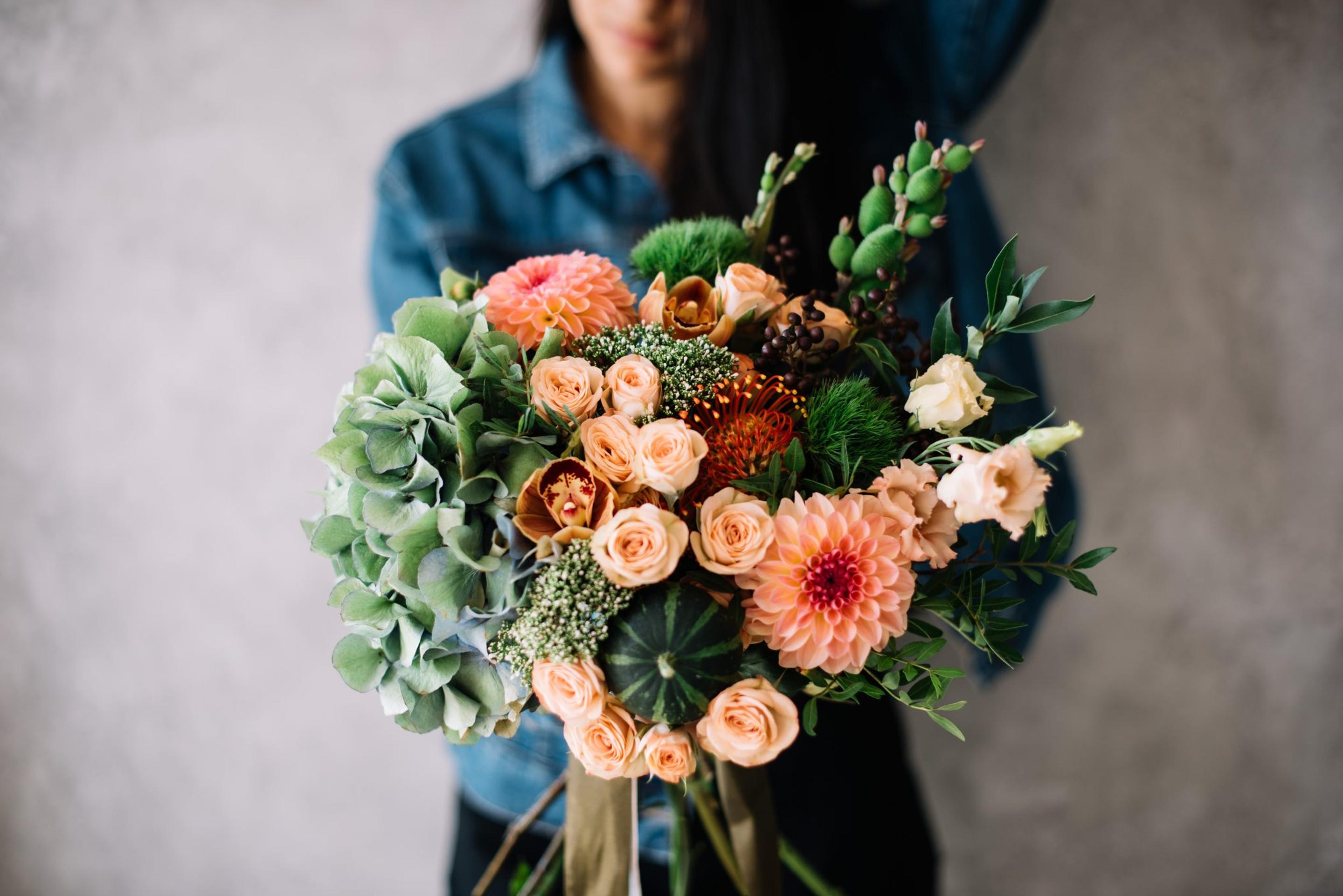
When that oh so special day of romance comes around every year—you know the one—the first 3 gifts that run through everyone’s mind are:
- Flowers
- Chocolates
- More flowers
But why?
Why is it that giving your sweetheart flowers on Valentine’s Day is so popular?
Why is it the first gift to pop in everyone’s mind?
Where did this tradition come from, and who started it?

Sending Valentine's Day Flowers

Sending Valentine’s Day flowers became a tradition in the 17th century, since roses—which symbolize love—were (and still are today) the most popular choice for the day.
The rose is known as the favorite flower of Venus, the Goddess of Love, because of it often was used to represent strong feelings. As a result, lovers began gifting flowers to their loved ones.
Some Early History

Floriography—otherwise known as the language of flowers—has been around for hundreds of years.
In fact, the Ancient Greeks, Romans, Egyptians, and Chinese all refer to the use of flowers in their mythology.
The Grecians, in particular, considered flowers to be of super high importance and even associated them with the gods.
Giving flowers has been a significant part of many cultures since the Middle Ages. In the mid-1700s, the significance of this act increased greatly when the French and English discovered an entire language of flowers while visiting Turkey. This language gave meaning to every type of flower in existence. The Victorians then created a meaning for every characteristic of flower from there.
The Victorian Era

If you know anything about the Victorian Era, we’re sure you know this was an era in which people did not tend to show any emotion…at all. It just wasn’t in style.
However, they discovered this new way of expressing themselves through flowers to be a very acceptable form of expression.
It’s no surprise that, like everything else the Victorians did, they put a lot of effort and detail into the meaning of each and every flower. Everything from its color, size, relation to other flowers, and even the position the flower itself is given to someone all played a key role in the overall meaning of the flower.
For example, a flower presented to someone upside down meant the opposite of its original meaning. Even the hand used to give someone a flower had a place in the overall meaning of that expression.
How did they keep it all straight!?
The Victorian, ever so thorough, wrote books and guides recording each meaning for reference.
Studying these newfound flower meanings became a popular pastime during the 1800s. Just about every Victorian home was said to have these guidebooks for deciphering this new “flower language.”
After all, who wouldn’t want to learn how to speak this cool new silent language?
The Nitty Gritty

So how did this all really work?
Well, the Victorians used flowers to deliver messages that perhaps couldn’t (or shouldn’t) be spoken aloud. Flowers were used to answer “yes” or “no” questions.
A “yes’ answer came in the form of flowers handed over with the right hand, and the left was used to answer “no.”
It’s all in the details!
As we briefly touched on earlier, how these blooms were presented to the giftee and in what condition we important as well. If the flowers were given upside down, then the traditional meaning was then reversed.
How the ribbon was tied also held an important role. If it was tied to the left, the flower’s meaning applied to the gifter, whereas the right meant the meaning was applied to the recipient.
Soon enough, most people knew exactly what each flower and arrangement meant.
These meanings are still prevalent today, and are a huge part of why we choose to give the flowers we do!


